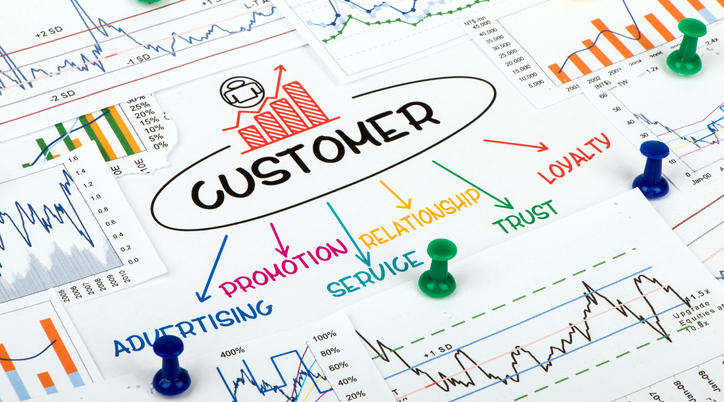At SAS Analytics Experience 2018, big brands shared their strategies on applying data and analytics to improve their customer experiences. Here are three brands, from three totally different industries, that are applying unique, data-driven practices to increase productivity:
Identifying the right offers – Connexions Loyalty
For Rachel Bicking, SVP, data and analytics, Connexions Loyalty, data is used as a way to educate and unite customer loyalty teams, while also creating more personalized experiences for travelers.
“We’re looking at ways we can enable them [reps] with data,” Bicking said, noting call center representatives as an example. A fuller understanding of a customer in context allows reps to suggest better deals and offers tailored to specific customer needs. Speech-to-text AI can also help identify customer sentiment based off key words, or emotional triggers, like happiness, or anger.
“We want to allow everyone throughout the organization to benefit,” Bicking said. To do this, data needs to be shared across departments, in a way that is easily accessible for all parties.
The “holy grail,” Bicking said, is getting personalization down to a one-to-one level. For travelers, this means understanding the why behind the trip. For example, someone booking a trip to Las Vegas for a bachelorette party will have very different needs than someone heading over there for a business trip. Or, someone who prefers adventure may want to book different excursions than a family going on vacation with their kids.
Segmentation, powered by AI, can help delineate, and identify key words, to place customers in the right audiences. Metadata optimization and clean customer data are fundamental to getting this right.
Timing and offer cadence also makes an impact, and when push comes to shove, marketing doesn’t necessarily need to be a complex series of communications. In short, it can pay to keep it simple.
“When there’s too much complexity, customers get stagnated,” Bicking said.
Related: Optimizing Retail Offers At Point-of-Sale
Voice-of-customer – Whirlpool
Whirlpool, a global manufacturer of home appliances, uses analytics across the entire product journey — marrying customer feedback to the manufacturing process to improve efficiency, as well as satisfaction.
“You can get to a bit of complacency,” if you’re not paying attention to your customers, Paul Hyink, VP global quality, Whirlpool, said.
In one case, Whirlpool analyzed data from customer feedback and warranty claims, to help forecast failure rates among appliances. Natural language processing (NLP) was used to “divide up products or categories into core attributes,” and “delineate them into core sentiments,” Hyink said. Data was distributed across teams to apply insights through the entire supply chain.
“Time matters, speed matters, and that’s the point of being proactive,” Hyink said.
Improvement to products means higher-quality goods. And higher-quality goods means more satisfied customers. According to Hyink, the strategy led to an uptick in outgoing product quality, a reduction in failure rates, and an improved customer experience.
Maximizing retention strategies – LA Kings
Season ticket holders are a valuable asset for the LA Kings. But, as Michael Marsocci, senior group manager, data & analytics, AEG Sports, pointed out, sports fans can be quite the “fickle” customer.
“They like to come to your games when your teams are good,” Marsocci said. And, as any sports fan knows, that’s not always the case. Poor performing teams can lead to sluggish ticket sales. But, season ticket holders are a unique group. These fan have already shown brand (or in this case, team) loyalty. The challenge here, and for the LA Kings, was retention and renewal.
Marsocci took a “365-day customer retention” approach. First, Marsocci’s team turned to analytics to forecast the likelihood of renewal for season ticket holders.
“We are taking a deeper look at our customers and seeing what would make them more likely to renew,” Marsocci said.
Then, different audiences were segmented based on their propensity to convert. Different strategies were developed to communicate with each audience, with special focus placed on “risk accounts” and likely new accounts.
“It gives sales reps a chance to take a more organic approach to account service and retention,” Marsocci said.
Emotion and sales rep. feedback also played a role, to help get on-the-ground insight. Fans may not be as enthusiastic about renewals when their team is in a slump. For Marsocci, it was important to pick battles wisely, and time communications right.
“We need to not let it sink us when emotions are running low,” Marsocci said.
How do you use data to improve customer experience? Let us know in the comments below!







